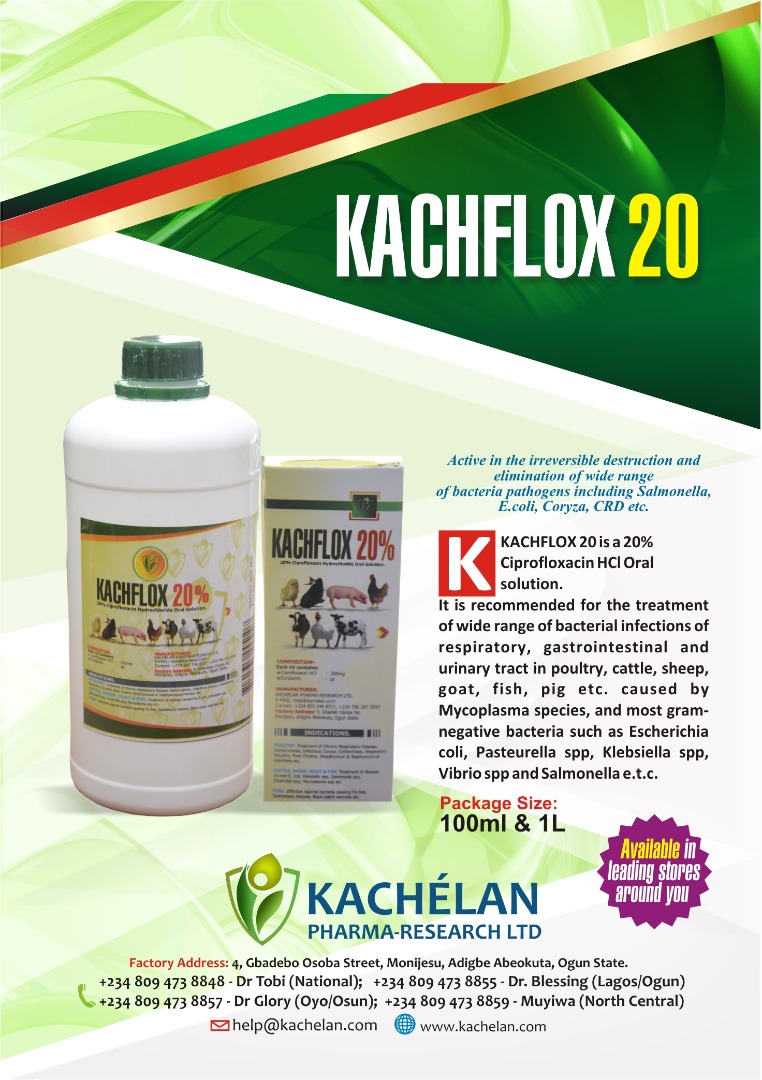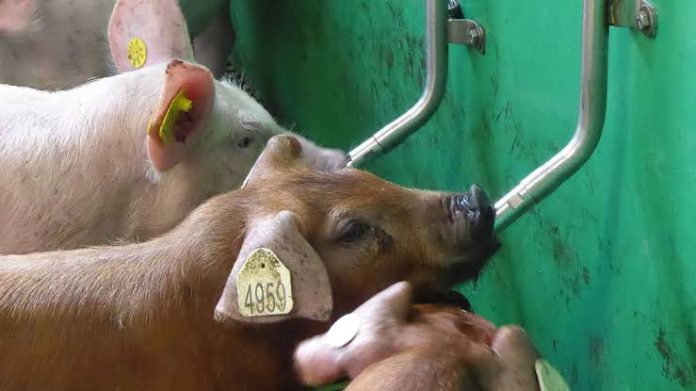10 Sick Pig Symptoms and the Steps to Take (Two)
5. Telling If A Pig Is Constipated Or Not
Pigs with constipation, persisting for longer than 72 hours, may experience serious health issues. You should call the vet if that happens.
 Learn More
Learn MoreThe production of milk and colostrum is linked to constipation, which is more prevalent in sows. Pigs with constipation may drink more water than usual, exhibit nervousness and a humped back, and moan or grunt while going to the bathroom.
Long-term constipation can make an animal less hungry. Constipation can also be indicated by symptoms of a stomach ache and a hesitancy to stand up after lying down.
Steps to Take if Your Pig is Severely Constipated:
Plenty of cool water
Mix cranberry, prune, or apple juice with water
Soften your pig’s food with warm water.
Increase your pig’s fiber intake.
Pumpkin can be fed to pigs for up to 2 weeks and regularly
High-fiber cereals and laxatives (decreasing over 2 weeks)
High-fiber fruits: Prunes, blackberries
One teaspoon of lard (or any animal fat) can be given once or twice daily (check your state regulation as this may be illegal in pigs bred for slaughter).
READ ALSO An example of financial timelines for pig production
Use enemas or suppositories to help your pig have a bowel movement.
If the constipation is not severe, a warm bath will help ease their constipation.
Sick-pigs-with-constipation-for-longer-than-72-hours-may-experience-serious-health-issues-DLX2-PS

6. Pig Respiratory Issues May Cause Fever and Pig Sneezing
There are several illnesses that can cause respiratory issues in your pig, such as influenza A, mycoplasma hyopneumoniae, and porcine circovirus. Symptoms of respiratory illnesses include sneezing, a runny nose, coughing, barking, panting or rapid breathing, a fever, skin discoloration, and an effort to breathe. Your pig may seem out of breath for no reason.
Steps to Take if Your Pig Has Respiratory Issues:
Antibiotics will need to be administered by your vet.
Make sure the pigsty is clean.
Give your pig warm broth.
Encourage your pig to move around for little bits at times.
READ ALSO 10 Sick Pig Symptoms and the Steps to Take (one)
7. Dark-Colored Urine Is A Sign Of Dehydration
If your pig has dark-colored urine, it usually indicates dehydration or a urinary tract infection such as Porcine cystitis or urinary stones. Treating your pig as early as possible would be best to avoid further bacterial bloom, leading to renal failure.
A few symptoms of porcine cystitis are weight-loss, reduced activity, frequent peeing, blood-stained urine that stinks.
Reduced productivity
Frequent urination, with little amounts of urine
Blood-stained and cloudy urine
Foul-smelling urine (more than usual)
Steps to Take if Your Pig Has Dark Urine:
These steps will help alleviate the symptoms of dark-colored urine:
Give your pig analgesics to help with the pain (Flunixin meglumine is the common choice at 5-10 mg per 10 pounds).
Provide plenty of clean, fresh water to flush the urinary tract.
Antimicrobials will need to be injected to remove the organisms.
Water mixed with fruit juice will keep your pig hydrated.
Fever is s sign of a very sick pig
8. Fever Is A Sign Of A Very Sick Pig
If your pig’s skin appears dull with a slight reddish shade, this can indicate a fever (high body temperature). A fever can be one of your pig’s first viral or bacterial infection signs. Fevers can also be brought on by inflammation caused by allergies or the ingestion of toxins.
A pig’s baseline temperature should be between 98 – 101℉. Not all fevers are bad, as it’s the body’s way of fighting off infection. However, if the temperature goes over 104℉, you need to call the vet urgently.
ATTENTION: Click “HERE” to join our WhatsApp group and receive More updates directly on your WhatsApp!
Your pig may will usually get a fever if something is wrong. Other signs something is wrong includes your pig breathing rapidly, it feels warm to the touch, is acting lethargic, isn’t eating, is unstable, or is vomiting.
Your pig may seem unstable on their feet
Vomiting
Yellow-colored diarrhea
Steps to take if your pig has a fever:
These steps will help reduce the symptoms of fever:
Your vet should administer a broad-spectrum antibiotic to treat any infection that could be causing the fever.
Check your pig’s temperature regularly.
Increase your pig’s fluid intake and offer them ice cubes to help cool them down. You can also mix ¼ cup of apple juice with a ¾ cup of water and freeze it in a popsicle mold before giving it to the pig to lick.
Use a cool, wet cloth to dampen your pig’s coat. Focus on the ears and feet, which generate the most heat.
You can wrap ice packs in towels and place them where your pig lies down, to try and cool down the area and their body.















